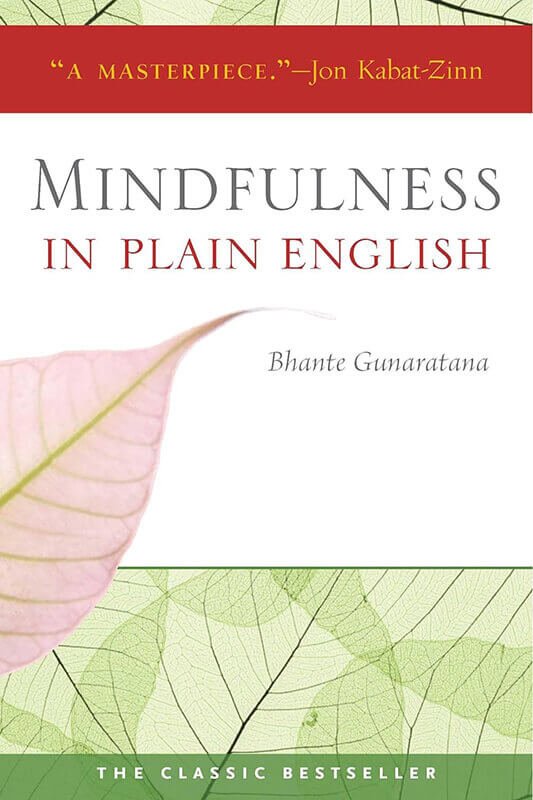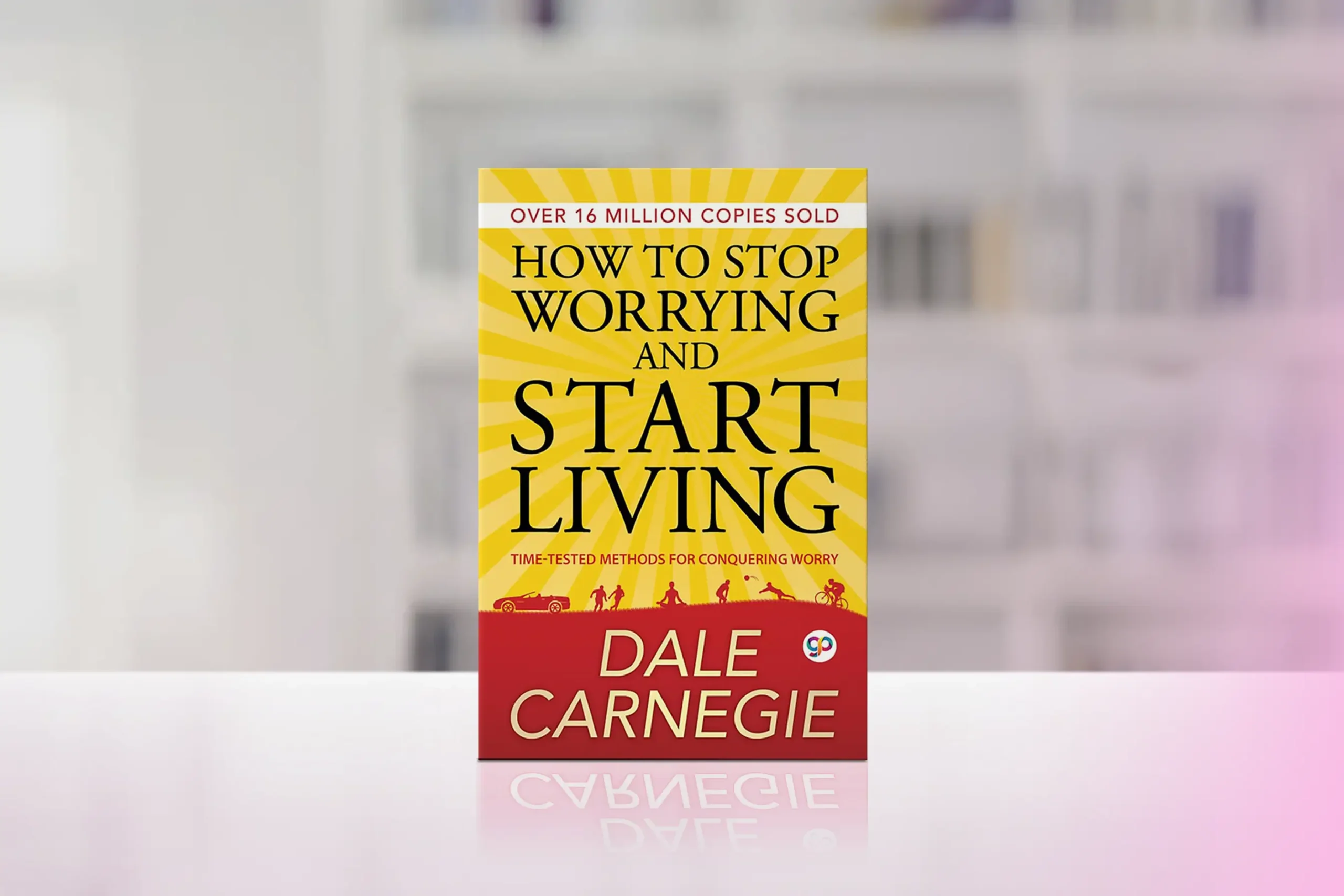First published in 1948, Dale Carnegie’s “How to Stop Worrying and Start Living” isn’t just another self-help book—it’s a transformative guide that has helped millions reclaim their peace of mind and joy in living.
The book’s enduring impact lies in its revolutionary message: worry isn’t an inescapable part of life, but rather a habit that can be overcome through proven, actionable techniques.
While his more famous work “How to Win Friends and Influence People” focuses on external relationships, this timeless masterpiece delves deep into winning the most important battle of all—the one within ourselves.
Core Concepts
Carnegie organizes his approach to conquering worry around several fundamental principles:
- Live in “day-tight compartments” – focus on the present moment rather than letting past regrets or future anxieties consume you
- Analyze and prepare for worst-case scenarios to reduce their power over your mind and emotions
- Use the law of averages to outthink worry by recognizing that most of our fears rarely materialize
- Cooperate with the inevitable instead of fighting it, saving energy for things we can actually change
- Establish specific worry-breaking habits and routines that become automatic responses to stress
- The magic formula for solving worry situations: gather facts, analyze them and take decisive action
Chapter-by-Chapter Review
Fundamental Facts You Should Know About Worry
Carnegie begins by explaining the psychological and physiological costs of worry, providing motivation for change through compelling research and real-life examples. He introduces the concept that worry is a learned behavior that can be unlearned through systematic practice.
Basic Techniques in Analyzing Worry
This section introduces a practical three-step system for handling worry situations, including gathering facts, analyzing them, and making decisions. Carnegie provides detailed worksheets and exercises to help readers implement these techniques immediately.
How to Break the Worry Habit
Readers learn specific techniques for preventing worry, including the powerful concept of “day-tight compartments” and keeping busy with productive activities. The chapter emphasizes the importance of mental compartmentalization and provides exercises for developing this skill.
Seven Ways to Cultivate Peace and Happiness
Carnegie provides concrete strategies for developing a worry-free mindset, including gratitude practices and focusing on others’ needs. Each method is illustrated with powerful real-world examples of transformation.
The Perfect Way to Conquer Worry
This chapter explores how acceptance and action can transform our relationship with challenging situations. Carnegie introduces the concept of “cooperating with the inevitable” while maintaining focus on what can be changed.
How to Prevent Fatigue and Worry
The final sections focus on practical techniques for maintaining physical and mental energy while managing life’s challenges. Carnegie connects physical well-being with mental resilience, offering specific strategies for both.
Key Strengths
- Filled with compelling real-life examples and case studies
- Practical, immediately applicable techniques
- Timeless wisdom that remains relevant today
- Clear, step-by-step action plans
- Based on real human experiences and psychology
Potential Drawbacks
- Some examples may feel dated due to the book’s age
- Certain approaches might seem simplistic to those with clinical anxiety
- Some repetition in concepts across chapters
Who This Book Is For
This book is particularly valuable for:
- Chronic worriers seeking practical solutions
- Professionals dealing with work-related stress
- Anyone facing major life decisions or changes
- People looking to develop greater mental resilience
Final Review
“How to Stop Worrying and Start Living” is a masterclass in practical psychology and self-help. Dale Carnegie’s approach is refreshingly straightforward and action-oriented, offering readers both immediate relief and long-term strategies for managing worry. While some examples may feel dated, the core principles are as relevant today as when they were first written.
The book’s greatest strength lies in its practical applicability – every concept is accompanied by specific exercises and real-world examples that readers can implement immediately. Carnegie’s emphasis on taking action rather than just understanding concepts sets this book apart from many modern self-help works.
What makes “How to Stop Worrying and Start Living” particularly valuable is its foundation in real human experiences rather than pure theory, with numerous case studies and examples, while sometimes dated in their specifics, demonstrate the universal nature of worry and the effectiveness of Carnegie’s methods.
Rating: 4.6/5
An indispensable guide for anyone seeking to master their worries and live a more peaceful, productive life. The book’s enduring relevance and practical approach make it a fundamental resource in the self-help genre.

Alternative Books
For readers interested in exploring similar themes to “How to Stop Worrying and Start Living,” consider these highly-rated alternatives:

“The Power of Now” by Eckhart Tolle
A spiritual approach to living in the present moment and reducing anxiety.
Rating: 4.6/5

“Mindfulness in Plain English” by Bhante Henepola Gunaratana
Offers practical meditation techniques for achieving mental peace.
Rating: 4.7/5

“The Happiness Advantage” by Shawn Achor
Explores how positive psychology can transform our work and life experience.
Rating: 4.6/5





